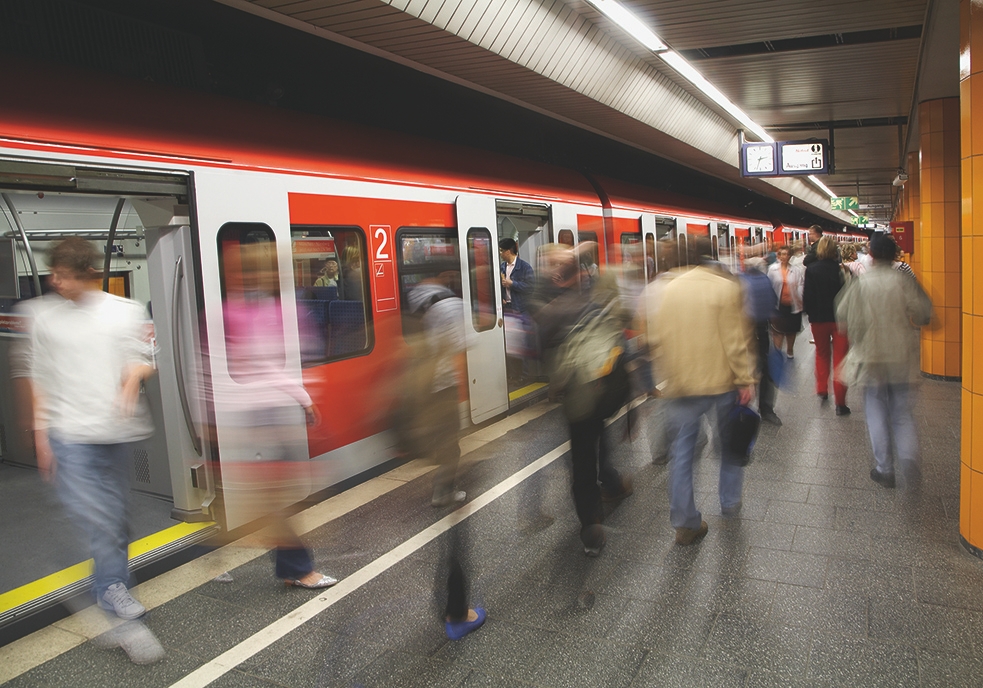Reducing total energy consumption with innovative algorithms

Traction energy consumption, i.e. the electricity used to power the trains, is the most important cost factor in the electricity bill of a rail transport company. It is primarily determined by the way the trains are driven. However, energy-efficient coordination of train traffic can also make a decisive contribution to reducing costs through its potential for energy recovery. In the project, experts in mathematical optimization from Friedrich-Alexander-Universität Erlangen-Nürnberg and the Fraunhofer Institute for Integrated Circuits IIS worked together with VAG Verkehrs-Aktiengesellschaft to reduce the energy consumption of the Nuremberg subway railroad by means of an efficient driving style in conjunction with intelligent coordination of all trains.